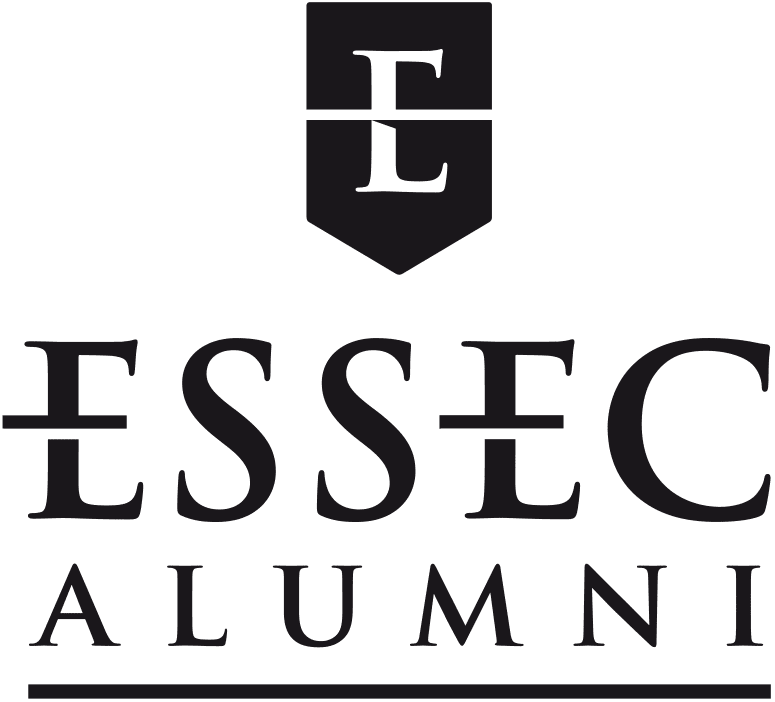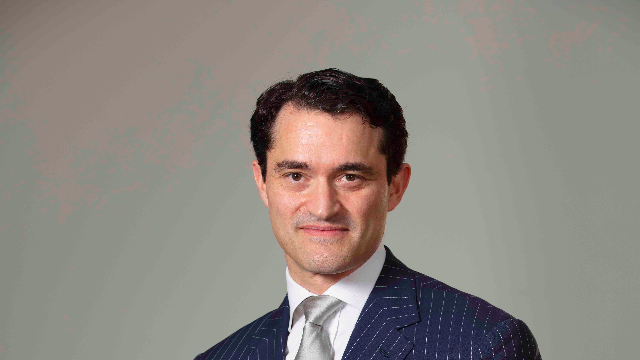Francis Belin (E95): “Competition Is Fierce in the Asian Art Market”
After more than ten years in the Asian jewellery industry, Francis Belin (E95) joined Christie’s Auction House in Hong Kong, where he rose to the position of Asia Pacific Division President. He gives us a behind-the-scenes look at the local art market.
ESSEC Alumni: How did you go from jewellery to art?
Francis Belin: The transition wasn’t a natural one. I didn’t have the right background. I didn’t know much about art. I was just driven by desire—the desire to work with passionate and exciting people and the desire to join a respected house in an industry with international career opportunities. However, this wasn’t the first time that I radically changed professional environments. Ten years ago, I left McKinsey, in France, to join Richemont in Japan. At the time, I wasn’t familiar with the country, the Japanese language, the watches, or even the operational aspects of the business.
EA: Is your experience in the luxury industry useful in your current position?
F. Belin: I find that our clients are somewhat similar. But any comparison stops there. In this business, we source finished objects from clients who don’t necessarily want to sell them. It has nothing to do with producing an object and advertising it through various sales channels…
That being said, when I take a job, I always proceed in the same fashion: I spend several weeks talking with employees to understand their frustrations and desires, to better identify what we need to collaboratively change. This recipe has worked at Christie’s as it has elsewhere.
EA: You were recently appointed President of the Asia Pacific Division. What exactly does this position entail?
F. Belin: I am managerially responsible for eleven non-Western art departments: Chinese Antiquities, Chinese Paintings, Asian Contemporary Art, Japanese and Korean Antiquities, Indian Antiquities, Indian Modern and Contemporary Art, African and Oceanic Art (also known as Tribal Art), Islamic Art, Oriental Carpets, and Pre-Columbian Art. I oversee the entire region, which includes a number of branch offices (Tokyo, Seoul, Shanghai, Beijing, Taiwan, Singapore, Bangkok, Jakarta, etc.) in addition to the headquarters in Hong Kong.
EA: What is Christie’s strategy in Asia?
F. Belin: Our main goal is to continue recruiting new clients in mainland China and Southeast Asia. We’re trying to expand their interest beyond historic Asian art to include modern contemporary and impressionist European art.
EA: What are the main trends in the Asian art market?
F. Belin: It has become quite dynamic due to increases in wealth. Many high-net-worth individuals consider it a personal achievement to acquire dozens—even hundreds—of works of art and open a museum. We are thus seeing the emergence of a new generation of collectors. They are younger than their Western counterparts, quite passionate about art, and feel that they have a mission. It’s a very special, extremely well-informed and sophisticated clientele. You can’t address them as you would an investment banker: everything is about emotion and trust.
EA: Is Asia Pacific a homogeneous market?
F. Belin: Certain countries, like Japan, are “net sellers”. The Japanese collected classical Chinese art in the late 19th and early 20th centuries, followed by modern and impressionist art. Their descendants are now selling this artwork. Conversely, China has spent the last twenty years repatriating objects that left the country during the Opium Wars. Southeast Asia is also buying plenty of art at the moment, most notably from local artists. Their renown is becoming regional—sometimes even international—and their artwork is gaining in value due to this craze. Then there’s Hong Kong— it buys as much as it sells. Thanks to its international market, all styles of artwork are popular.
EA: Who are Christie’s competitors in Asia?
F. Belin: Competition is just as fierce in Asia as it is in Europe and the United States. On the Asian arts scene, our rivals are primary Chinese auction houses and art dealers. On the Western arts scene, we face our traditional competitors: large international galleries, fairs like Art Basel Hong Kong, and of course Sotheby’s.
EA: Are Asian sales catching up to those in New York and London?
F. Belin: In 2018, the United States accounted for 40% of Christie’s business volume. Asia accounted for 25% and Europe the rest. Sales in Asia remain focused on Asian art and luxury goods (wine, jewellery, cars, etc.), while New York and London remain the leading markets for Western art. Asians are also travelling abroad. Thus, while Christie’s Asian sales totalled approximately $2 billion in 2018, less than half of those sales were actually made in Asia. The rest were made to Asian clients during at our European and American sales galas.
EA: Do you plan to return to France one day?
F. Belin: If an opportunity arises. One thing is certain: being Western is less of an advantage in Asia. The local talent pool has grown considerably in recent years, and skill levels have increased drastically. Competition is increasing, to the detriment of expatriates. At the same time, more and more international companies, like Schneider Electric, are locating global functions in Asia, thereby opening up new international positions. Anything is possible.
EA: In terms of your career in Asia, were ESSEC and the alumni network helpful to you?
F. Belin: I am convinced of the network’s usefulness. I ensure my own availability. For example, an ESSEC student recently asked me to organise a visit to Christie’s as part of a study trip; I obviously accepted. I wouldn’t have done that for any other school.
EA: What advice would you give to alumni who are looking to work in Asia?
F. Belin: Understanding the culture and language has become a prerequisite, not just a bonus. It facilitates communication while demonstrating one’s degree of commitment.
Interview by Louis Armengaud Wurmser (E10), Content Manager at ESSEC Alumni
Want to read more? Please join ESSEC Alumni for us to be able to bring other quality contents about the community to you.

Comments0
Please log in to see or add a comment
Suggested Articles



